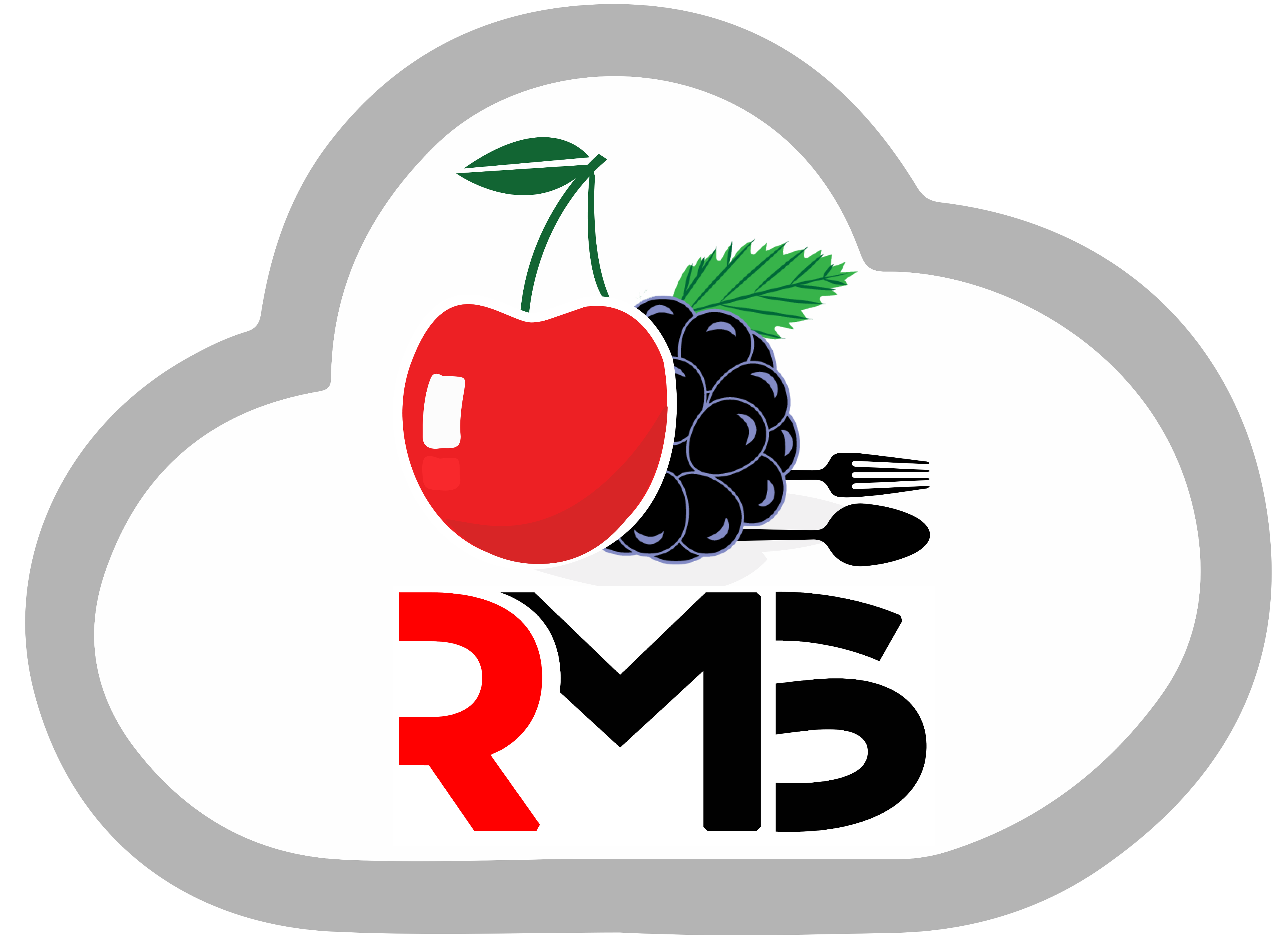
How Restaurant Table Reservation System makes your Restaurant Clutter-Free?
At present, only those restaurant owners survive who deliver exceptional services and craft exceptional dining experiences. Yet, the task of managing different categories of customers, arranging bookings, reserving tables, and maintaining rapid table turnover can prove quite difficult. These problems have one solution, and that is the restaurant table reservation system. It is a revolutionary tool that simplifies restaurant operations, improves customers’ dining experience, and maintains a clean and organised facility. This robust solution streamlines the reservation process, optimises table management, and ultimately enhances every aspect of the dining experience.
Optimising the Reservation Process with Restaurant Table Reservation System
Previously, customers reserved their places on phone calls or by visiting restaurants, but this method was tedious and erroneous by filling every customer’s details manually. An automated restaurant table reservation system accelerates the whole process by automating these tasks, ensuring a smooth experience for customers. Customers have the convenient option to make a reservation for a table on a mobile application, where they may choose their desired day, time, and the number of people coming. They can even choose their favourite location too. Afterward, the system exhibits the slots that are now accessible, enabling users to effortlessly secure their reservations with only a click.
Eliminate the need for managing paper reservations or encountering double bookings. The system maintains a record of all reservations, guaranteeing precise and current information. This enhanced efficiency results in reduced confusion and a decreased number of disgruntled clients who are waiting for their tables.
Enhancing Table Management Efficiency
Optimising table management is essential for maximising profits and guaranteeing a seamless eating experience. This latest technology assists in optimising the arrangement of tables. The system take information about the number of guests, available tables, and the time it takes for tables to become available to assign the most appropriate tables for each customer.
The technology may further propose ideal seating configurations by analysing current occupancy rates in real-time. This measure reduces the occurrence of congestion and guarantees a pleasant dining atmosphere for all patrons. In addition, the system has the capability to predict the busiest hours and modify employee schedules appropriately, guaranteeing sufficient staffing during high-demand periods.
Improving Guest Dining Experience
An effortless booking procedure and streamlined table organisation lead to an improved visitor experience. Customers like the ease of being able to make bookings easily and quickly. Eliminate the need to wait in lengthy queues or face rejection due to lack of supply.
The latest system is capable of sending automatic reminders and confirmations, so guaranteeing that visitors do not overlook their bookings. The meticulous degree of organisation and meticulous attention to detail establish a favourable initial impression and establish the atmosphere for an unforgettable eating experience.
Minimising Waiting Periods
Extended periods of waiting can cause significant annoyance for consumers and may result in a loss of business. A restaurant table reservation system efficiently reduces wait times by precisely monitoring table availability and turnover rates.
The system has the capability to deliver instantaneous updates on the status of tables, enabling staff members to promptly seat visitors as soon as a table becomes vacant. Patrons can also receive information when their assigned table becomes available, removing the necessity of congregating around the hostess station.
Optimising Staff Resources
Previously, staff members spent significant time handling phone calls, managing walk-in guests, and organising table allocations. But now, the restaurant table reservation system automates these activities, allowing workers to dedicate their attention to delivering great service. They have the ability to provide more time to engage with customers, attend to their requirements, and guarantee a smooth dining experience.
Utilising Data and Analytics
In addition to enhancing operational efficiency, a restaurant table reservation system offers vital data and analytics. The system collects significant client data, including preferences, dietary restrictions, and visit history. This data can be used further to customise the eating experience and design marketing strategies accordingly.
Integration with other Latest Technologies
A restaurant table reservation software is a component of a broader integrated technological ecosystem. It can effortlessly incorporate ERP systems, online ordering platforms, food delivery apps, POS systems, and customer relationship management (CRM) tools.
This connection facilitates the smooth transfer of information across several points of contact, allowing restaurants to provide a uniform and unified experience. As an illustration, the dietary preferences of a visitor that are obtained during the reservation process may be immediately transmitted to the POS system, guaranteeing precise processing of their order.
Adjusting to Evolving Requirements
The restaurant sector is in a perpetual state of transformation, with client demands continuously shifting. A restaurant table reservation system offers the versatility to adjust to these evolving requirements.
The system may be modified and adjusted to incorporate emerging trends like contactless eating or virtual wait listing. The adaptability of restaurants guarantees their relevance and ability to consistently provide excellent experiences that cater to the changing demands of their clients.
Strategic Advantage
A restaurant table reservation system can offer a substantial competitive edge in a fiercely competitive business. Restaurants may distinguish themselves from rivals and draw in a larger client base by providing easier booking choices, reducing waiting periods, and ensuring a smooth eating experience.
Moreover, the system’s data and analytics may give valuable insights for making strategic decisions, enabling restaurants to stay ahead of the competition and consistently enhance their offers.
Conclusion
In the dynamic realm of the restaurant sector, a tidy and organised dining setting is crucial for achieving prosperity. A restaurant table reservation system is an efficient tool that simplifies operations, improves the customer experience, and maximises table management. This solution enables restaurants to enhance their service, improve efficiency. Eventually, it stimulates development by cutting wait times and utilising data and analytics. Adopt this technology with CherryBerry RMS and realise the whole capabilities of a clean and unforgettable eating experience for your consumers.
